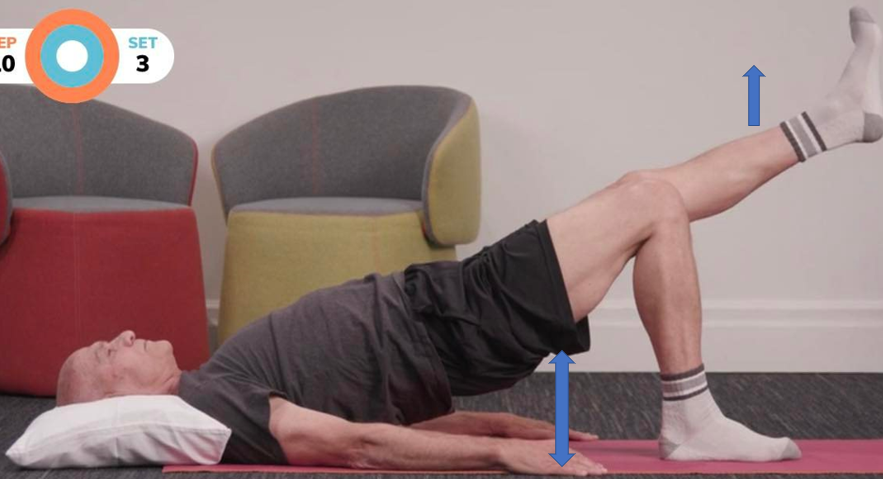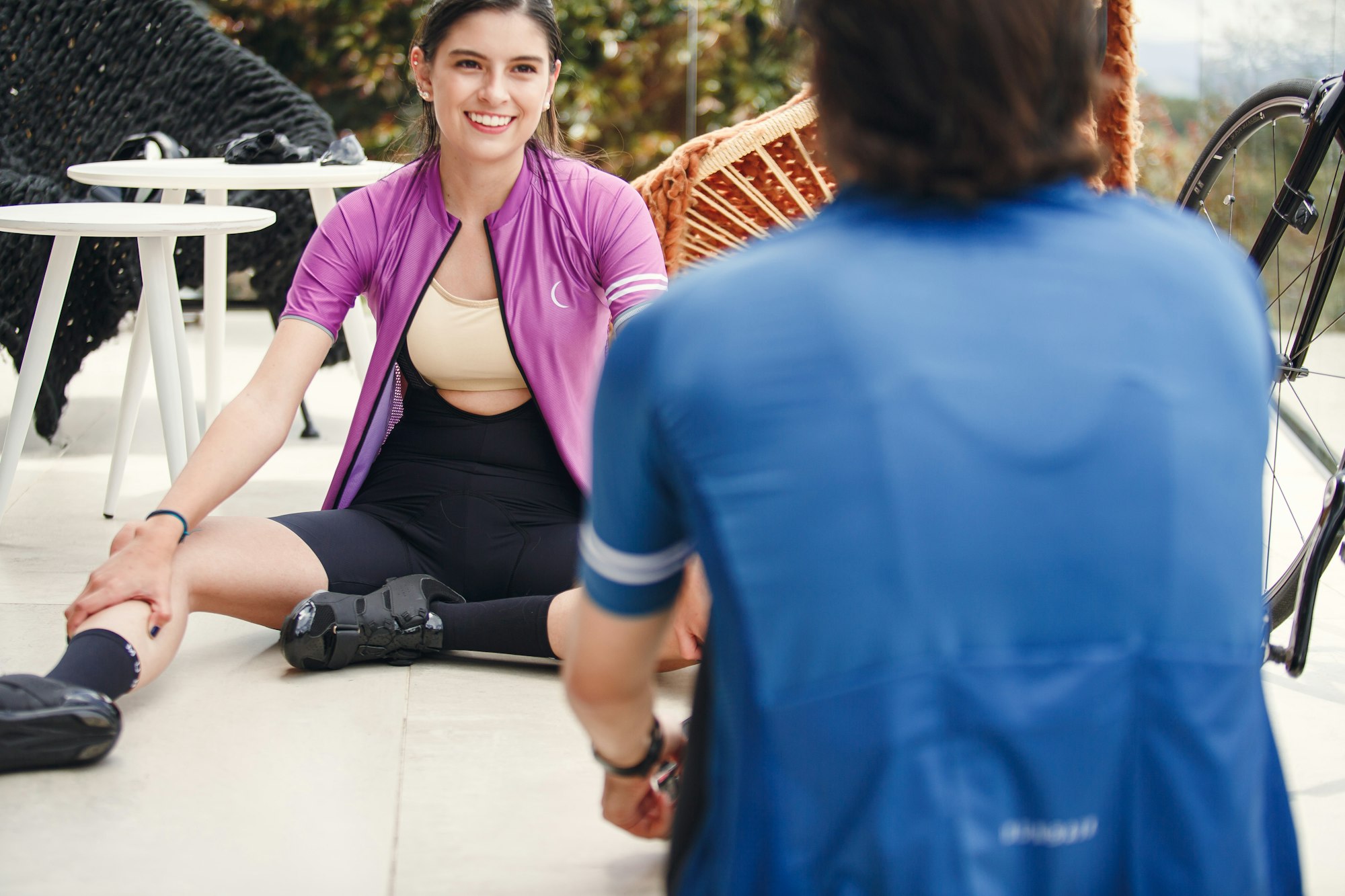The goal of physical therapy is to help you regain your strength, movement and improve your overall function after your knee replacement surgery . Regaining this strength and motion is crucial for your everyday tasks such as walking and getting out of bed. Physical therapy should start before your surgery, this is called prehabilitation. You should continue to attend your physical therapy sessions until you have regained your function. This blog will address what you can expect from your physical therapy sessions.
Before Your Surgery
Two things you can expect before your surgery are: 1) Pre-surgery education and 2) Pre-surgery exercises.[1]
Pre-surgery education provides you with some baseline knowledge on what you can expect over the course of the surgery and can include topics such as:
1) The resources available to you to help you recover after surgery, for example, the rehabilitation programs in your area.
2) How to safely navigate your home environment
3) How to prevent falls and use assistive devices (To learn more about the importance of assistive devices check out this blog).
Pre-surgery exercises have been shown to improve your recovery outcomes following surgery. One study that involved 44 people who underwent knee replacement surgery showed that those who received pre-surgery exercise programming had better outcomes after surgery.[2] The people were split into two groups of 22, where one group received a pre-surgery exercise program and one group did not. The people in the pre-surgery exercise group showed better knee strength, better knee range of motion, and better self-reported function after surgery. Range of motion describes the knees ability to bend and straighten.
After Your Surgery
Three things you can expect at your physical therapy sessions after your knee replacement include: 1) Targeted exercises, 2) Education, and 3) Modalities.[1]
Targeted Exercises
Prescribed exercises play a crucial role in strengthening the muscles around your knee and improving your ability to move your knee. At your first few sessions you can expect less demanding exercises, with the difficulty of the exercises gradually progressing throughout the weeks.
Examples of some early exercises include:
1) Knee extensions, as shown in the image directly below, to strengthen the muscles that surround your knee and help you regain range of motion at the knee.
2) Ankle pumps, as shown directly below, to help with circulation and prevent blood clots.
Examples of some advanced exercises include:
1) Bridge with alternating leg lifts (shown directly below)

2) Retraining your ability to perform functional activities such as walking. Retraining is done through a graduated walking program that builds your strength and mobility, progressing from in your home to outside. [3]
Education
After your knee replacement, you can expect further education at your physical therapy sessions.
Topics will likely include:
1)Knee replacement recovery timeline.
2)What activities you can do, and what activities to avoid.
Modalities
Modalities can be understood as tools used by physical therapists to help you optimize your recovery journey.
Examples include:
1) Cryotherapy
2) Neuromuscular electrical stimulation (NMES)
Cryotherapy is the practice of using low temperature, ranging from ice packs to colder alternatives, to help you with your pain management. One study looked at 306 people who underwent knee replacement surgery. Half received cryotherapy and the other half did not. [4] The people who received cryotherapy reported lower pain on a visual analog scale, a self-reported measure used to quantify pain.
NMES is a portable electrical device that is attached to your skin and is designed to send electrical impulses to your nerves and cause your muscles to contract. NMES is used to improve the strength of your muscles. One study separated 66 people into three groups.[5] Two groups received NMES, with each group receiving a different type of NMES, and one group receiving no NMES. Both groups that received NMES showed stronger quadriceps and improved performance on functional tests 4 weeks after surgery. An example of a functional test used was the 2-minute walk test, which measures a person’s walking distance over 2 minutes.
Conclusion
Physical therapy plays a crucial role in helping you regain your strength and mobility after your knee replacement surgery. Physical therapy starts before your surgery. At these sessions you can expect education and exercise prescription. After your knee replacement surgery you can expect physical therapy for as long as it takes you to recover your functioning. At these sessions you can expect targeted exercises to regain your strength and mobility as well as modalities to help optimize this recovery journey.
Curious to learn more about knee replacements? In need of an effective guide to your recovery? Try the
Curovate app
, an evidence-based app that will provide you with a physical therapy plan, guided daily video exercises, and more to assist you along your journey to recovery! Download Curovate today by clicking the links below!
 |
 |
|---|







